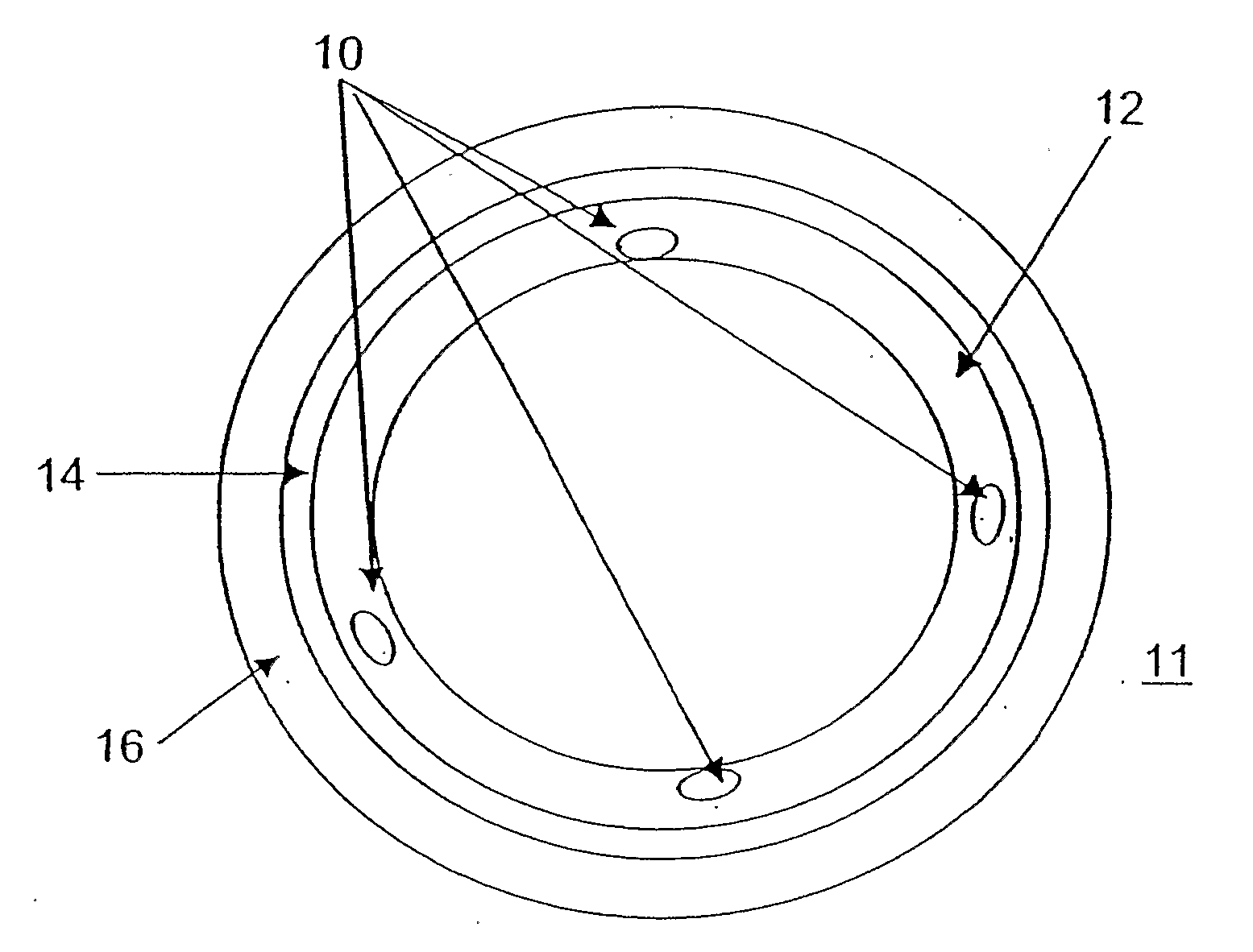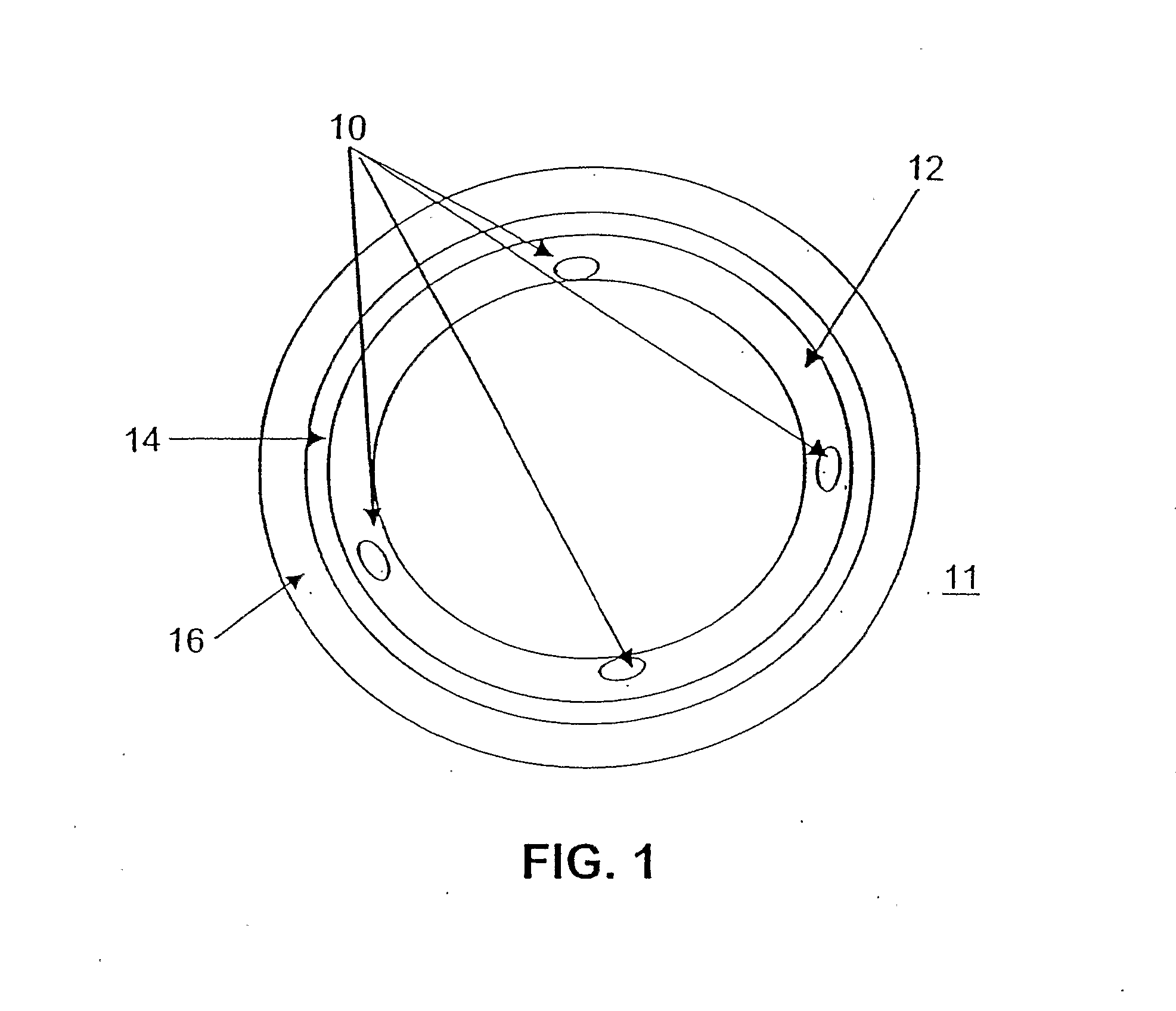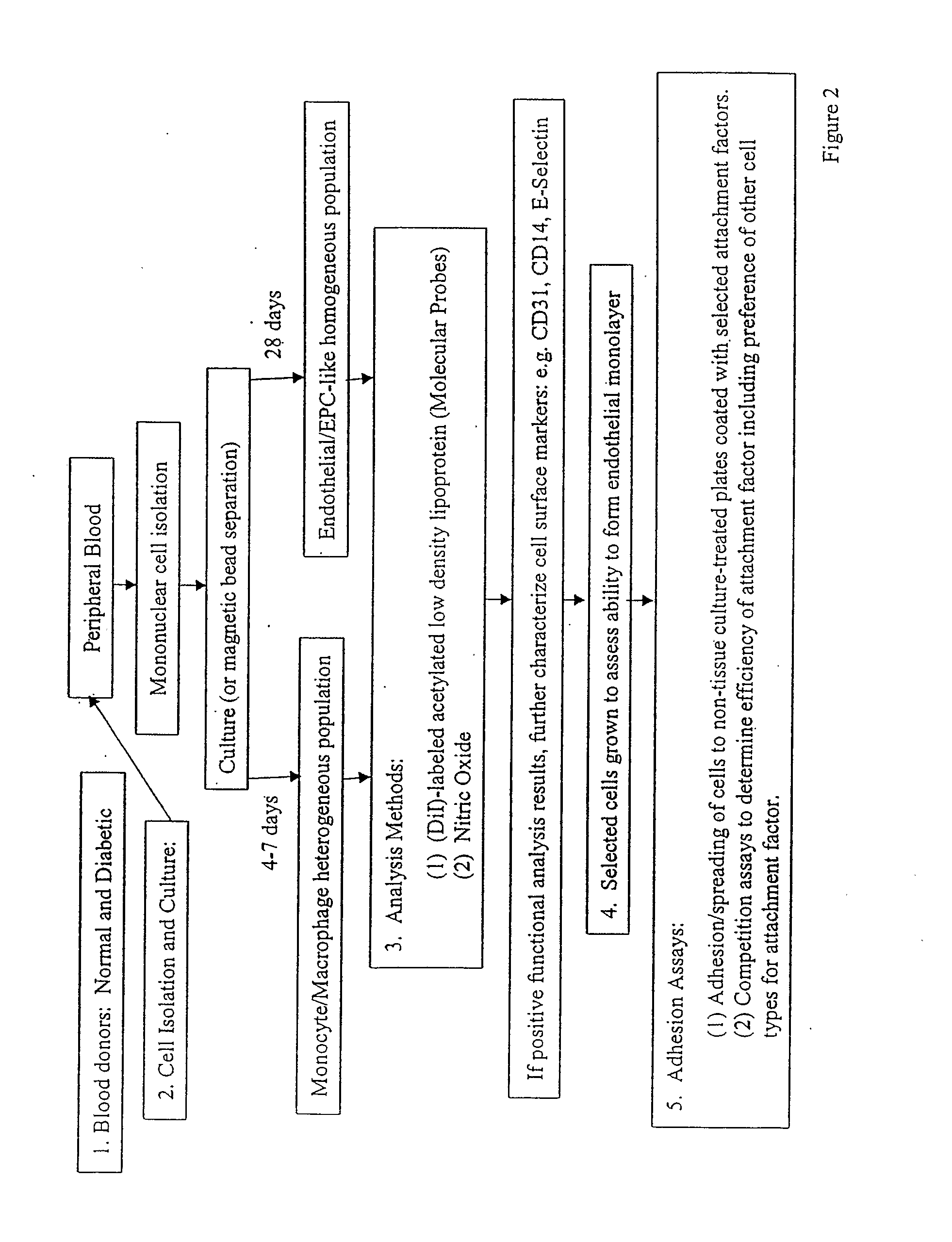Bioactive Stents For Type II Diabetics and Methods for Use Thereof
a bioactive, diabetic technology, applied in the field of implantable medical devices, can solve the problems of exacerbated injury, high risk of thrombosis of damaged arterial surfaces in the vascular system, precipitating new smooth muscle cell proliferation and neointimal growth, etc., to promote endogenous endothelial processes
- Summary
- Abstract
- Description
- Claims
- Application Information
AI Technical Summary
Benefits of technology
Problems solved by technology
Method used
Image
Examples
example 1
[0290]Amide Bond Formation—This example illustrates the coupling of a carboxyl group of a polymer with an amino functional group of the bioactive agent, or equally, the coupling of a carboxyl group of the bioactive agent with an amino functional group of a polymer.
[0291]Coupling Through Pre-Formed Active Esters; Carbodiimide Mediated Couplings-Conjugation of 4-Amino-Tempo to Polymer. The free carboxylic acid form of the PEA polymer is converted first to its active succinimidyl ester (PEA-OSu) or benzotriazolyl ester (PEA-OBt). This conversion can be achieved by reacting dried PEA-H polymer with N-Hydroxysuccinimide (NHS) or 1-Hydroxybenzotriazole (HOBt) and a suitable dehydrating agent, such as dicyclohexylcarbodiimide (DCC), in anhydrous CH2Cl2 at room temperature for 16 hrs. After filtering away the precipitated dicyclohexylurea (DCU), the PEA-OSu product may be isolated by precipitation, or used without further purification, in which case the PEA-OSu solution is transferred to a ...
example 2
[0293]Ester Bond Formation—This example illustrates coupling of a carboxyl group of a polymer with a hydroxyl functional group of the bioactive agent, or equally, coupling of a carboxyl group of the bioactive agent with a hydroxyl functional group of a polymer.
[0294]Carbodiimide Mediated Esterification For the conjugation, a sample of the carboxyl-group-containing polymer was dissolved in DCM. To this slightly viscous solution was added a solution of the hydroxyl-containing-drug / biologic and DMAP in DCM. The flask was then placed in an ice bath and cooled to 0° C. Next, a solution of 1,3-diisopropylcarbodiimide (DIPC) in DCM was added, the ice bath removed, and the reaction warmed to room temperature. The conjugation reaction was stirred at room temperature for 16 hours during which time TLC was periodically performed to monitor consumption of the hydroxyl functional group of the bioactive agent. After the allotted time, the reaction mixture was precipitated, and the polymer-bioacti...
example 3
[0295]PEC Isolations To establish the protocol for isolating the progenitor endothelial cells (PECs) from peripheral blood, blood from healthy, normal donors was used. A literature review generated multiple PEC isolation protocols (J.C.I. (2000) 105: 71-77; Circ. (2003) 107:143-149; Circ. (2003) 107:1164-1169; Plast. Reconstruc. Surgr. (2004) 113:284; and Am. J. Physiol. Heart Circ. Physiol. (2004) 286:H1985-H1993). Surprisingly, however, preliminary attempts required modification of the known protocols to ensure successful isolations. The flow chart in FIG. 2 presents a modified protocol followed in isolation of PECs.
[0296]From a trial PEC isolation, it was determined that cells would attach and grow better on fibronectin-coated plates than on gelatin-coated plates. Cells were isolated from ˜120 milliliters of peripheral blood and then single aliquots of cells were plated in Endothelial Basal Medium and 5% FBS (Cambrex). The media was changed every 4-5 days. The total cell number o...
PUM
 Login to View More
Login to View More Abstract
Description
Claims
Application Information
 Login to View More
Login to View More - R&D
- Intellectual Property
- Life Sciences
- Materials
- Tech Scout
- Unparalleled Data Quality
- Higher Quality Content
- 60% Fewer Hallucinations
Browse by: Latest US Patents, China's latest patents, Technical Efficacy Thesaurus, Application Domain, Technology Topic, Popular Technical Reports.
© 2025 PatSnap. All rights reserved.Legal|Privacy policy|Modern Slavery Act Transparency Statement|Sitemap|About US| Contact US: help@patsnap.com



